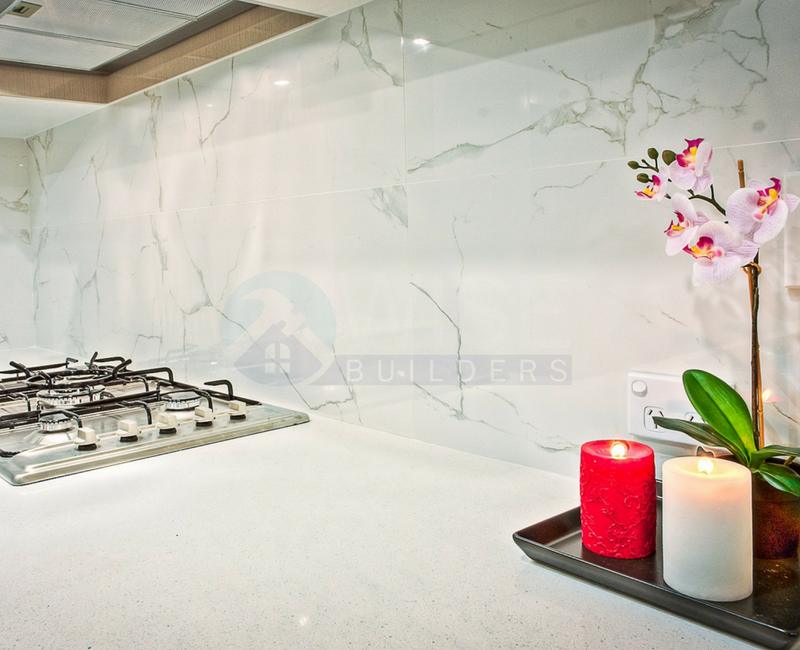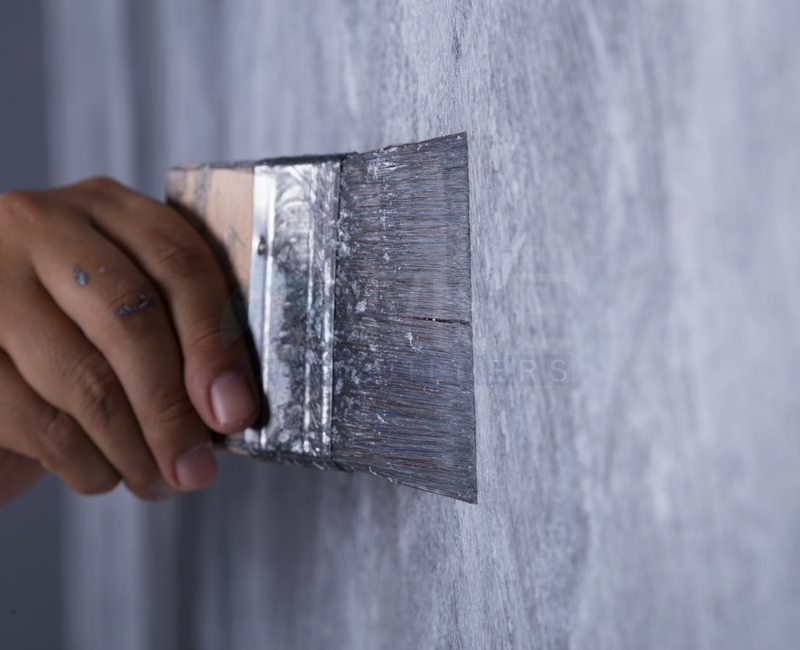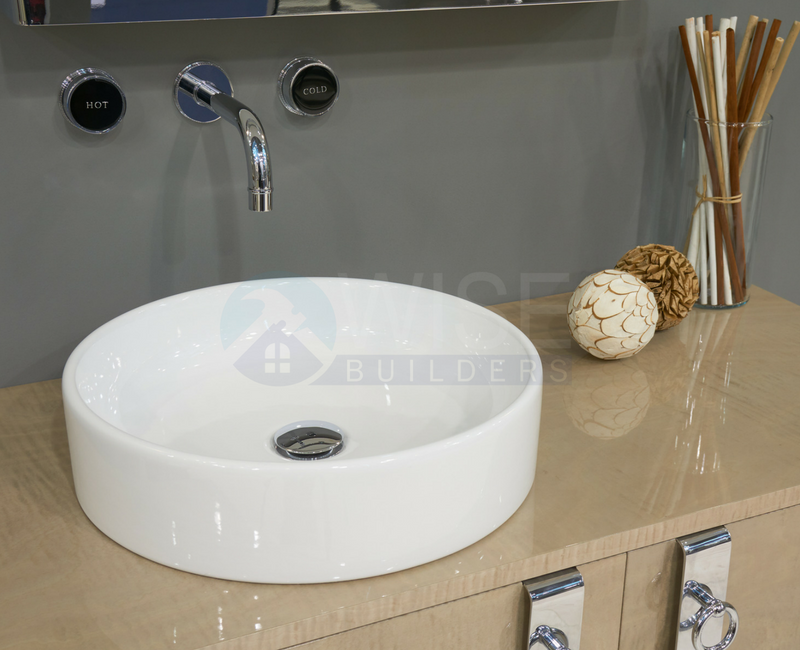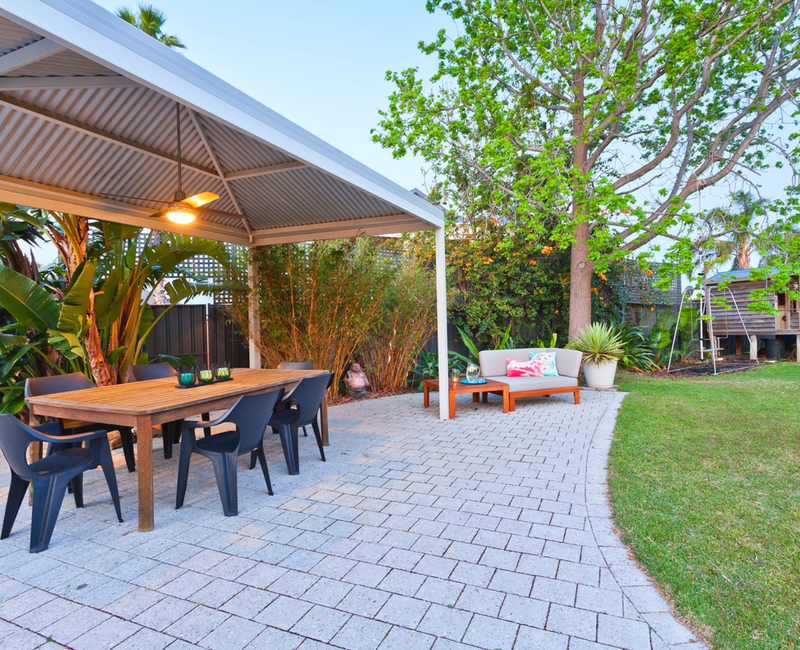Lava Stone Kitchen Countertops

When homeowners look out for countertops, three qualities make up their checklist. Functionality, aesthetics, and durability. Lava stone countertops meet all these conditions and even have more to offer.
What are Lava Stone Countertops?
Lava stone extracted from the site of previous volcanic eruptions are used to make these countertops. The lava stone is cut, glazed with enamel, and then fired at extreme temperatures. After cooling, few cracks (called crazing) appear and this gives it the distinct appearance.
Advantages of Lava Stone Countertops
So, why should you consider lava stone countertops? What’s so special about them? Well, there are several pretty convincing reasons, however, we’ll stick to 6.
Lava Stone Countertops are Resistant to Extreme Temperatures
Whether the atmosphere is blazing hot or chilly cold, lava stone remains unaffected. The material is imbued with the ability to dissipate heat efficiently, making it perfect for use in the kitchen. Try placing your hot pan on lava stone surface and you’ll see for yourself.
The Material is Durable
Lava stone is created through a firing process which makes the surface extremely hard. It is resistant to corrosive chemicals and constant exposure to UV. This eliminates the issue of fading. It is also not prone to scratching or chipping, however, it is advisable to use a cutting board when cutting.
Lava Stone is Environmentally Friendly
As we become more exposed to the dangers of global warming, it is imperative to encourage the widespread use of sustainable materials. The indestructibility of lava stone (since it is naturally occurring) poses no threat to the environment.

Aesthetics Consideration
Talking of beauty, lava stone is a sight to behold! Simply mesmerizing. It is also available in a wide range of colors and the design can be adapted to fit the existing style.
Ease of Maintenance
Lava stone countertops are impervious to water. This eliminates the issue of cleaning or repairing moist parts. It is also resistant to bacteria and household stains.
Versatility
Lava stone is not only used for indoor applications, it enjoys outdoor use. For over a century now in France, the strength of lava stone has been leveraged for road signs.
Disadvantages of Lava Stone Countertops
As good as lava stone countertops are, there are few shortcomings which might cause you to rethink your decision to install it in your home.
It is Extremely Expensive
Till date, this remains the most significant drawback to the adoption of lava stone countertops. They are rare and difficult to obtain, thereby making them more expensive. If you’re operating under a tight budget, a lava stone countertop is probably not ideal.
Refinishing is Ruled Out
Remember the wedding vows, “Till death do us part”? That’s the case for lava stone countertops. It cannot be refinished easily. In the next 50 years, you’ll still enjoy the same design and color you chose.

How to Maintain Lava Stone Countertops
In case you’re wondering, lava stone doesn’t get stained, neither does it breed bacteria. In essence, lava stone is the ultimate maintenance-free countertop. Maintaining it is as easy as wiping it with something damp, perhaps dipping a cloth in soapy water. Apart from the cleaning, it is advisable to make use of a cutting board when chopping on the table. This will both protect the countertop and simplify the process of maintenance.
How Much Do Lava Stone Countertops Cost?
As you know, no good thing comes cheap. Lava stone is exorbitantly priced and this is one reason why many people opt for other alternatives. Per square foot, the cost is between $250 and $350, thereby making it one of the most expensive countertop materials on the market. Why is the lava stone countertop so expensive? Good question. The major factor influencing the cost is the expense incurred when shipping the stone. The situation is further worsened by the paucity of suppliers, as well as the lack of skilled labor to take care of the fabrication and glazing process.




